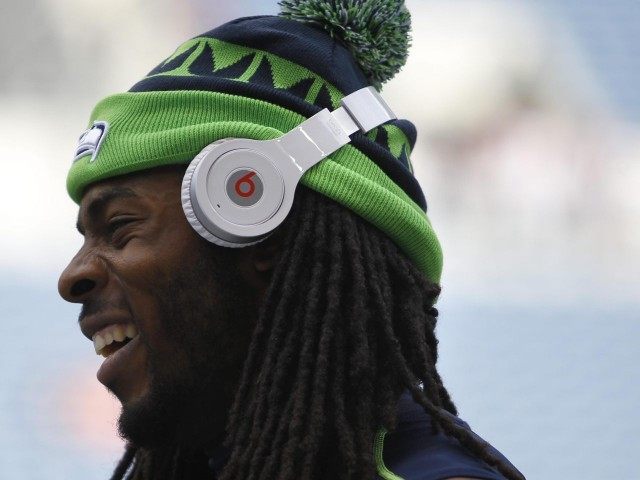In an effort to rescue its mistake in overpaying to buy Beats Audio and Music for $3 billion, Apple intends to make tens of millions of high-end headphones obsolete by changing the headphone port on the next iPhone update.
Apple operates its ecosphere as a “walled-garden” that maximizes “planned obsolescence” to create product “refreshment cycles” at the expense of the customer. The strategy is similar to what GM used to do with cars each year.
In 2012, Apple changed the 30-pin dock connector charging port on its new iPhone 5 with its proprietary “Lightning” computer bus and power connector.
The move immediately obsolesced a decade of Apple’s and other vendors’ charging and docking stations. Although there was an adapter offered at a steep price, it involved cables and poor customer performance.
But the move was financially successful, because Apple forced its customers into a huge “refreshment” cycle for Apple compatible hardware products.
According to a new report from Japan, the new Apple iPhone 7, due out next year, will eliminate the standard headphone jack port and require plugging headphones into Apple’s Lightning data port.
Although the new smartphone will come with a pair of low-end Beats Audio headphone “buds” that can plug directly into the port, tens of millions of direct wired high-end Apple compatible headphones will become incompatible. Users can buy an Apple proprietary adapter, but it purposely will be just as expensive and bulky as the adapter for the new 2012 charging port.
The San Jose Mercury News tried to justify Apple’s removing the current headphone jack on the argument that it would somehow allow future iPhone devices to be “thinner and allocate more space to a display, batteries or other electronics.” The Mercury News added that “the move would also allow music and sound to be transmitted digitally from the device to the headphones, potentially improving fidelity.”
Apple’s $3 billion purchase of “Beats by Dre” was the biggest acquisition in the company’s history. But the Beats deal did not come with any amazing technology or a chance to enter radical new markets.
Beats had virtually no engineering and design capability, since front man and promoter par excellence, Dr. Dre, had contracted with Monster Cable to develop the product, according to litigation filed by the Monster Cable principals.
But Beats headphone success is much like the original iPod: a premium-priced product critics felt would have no chance of success, never mind dominant market share. The iPod eventually captured 70 percent of all MP3 players sold. When Beats was acquired last year, to was selling more than half of all premium headphones in the world.
But 18 months later, it is clear that Apple bought a failure in Beats Music’s subscription streaming music service and reincarnated it into another failure as iTunes Radio. It seems to be only modestly successful as Apple Music.
Global headphone and headset unit sales were supposed to jump once Apple brought Beats in-house. But sales have remained flat since 2012.
Changing the headphone jack may again be financially successful in the short term, since Apple’s customers will be manipulated into buying new compatible high-end headphones from Apple’s Beats subsidiary. But this type of effort risks causing lots of customer blow-back and undermining the Apple brand.

COMMENTS
Please let us know if you're having issues with commenting.